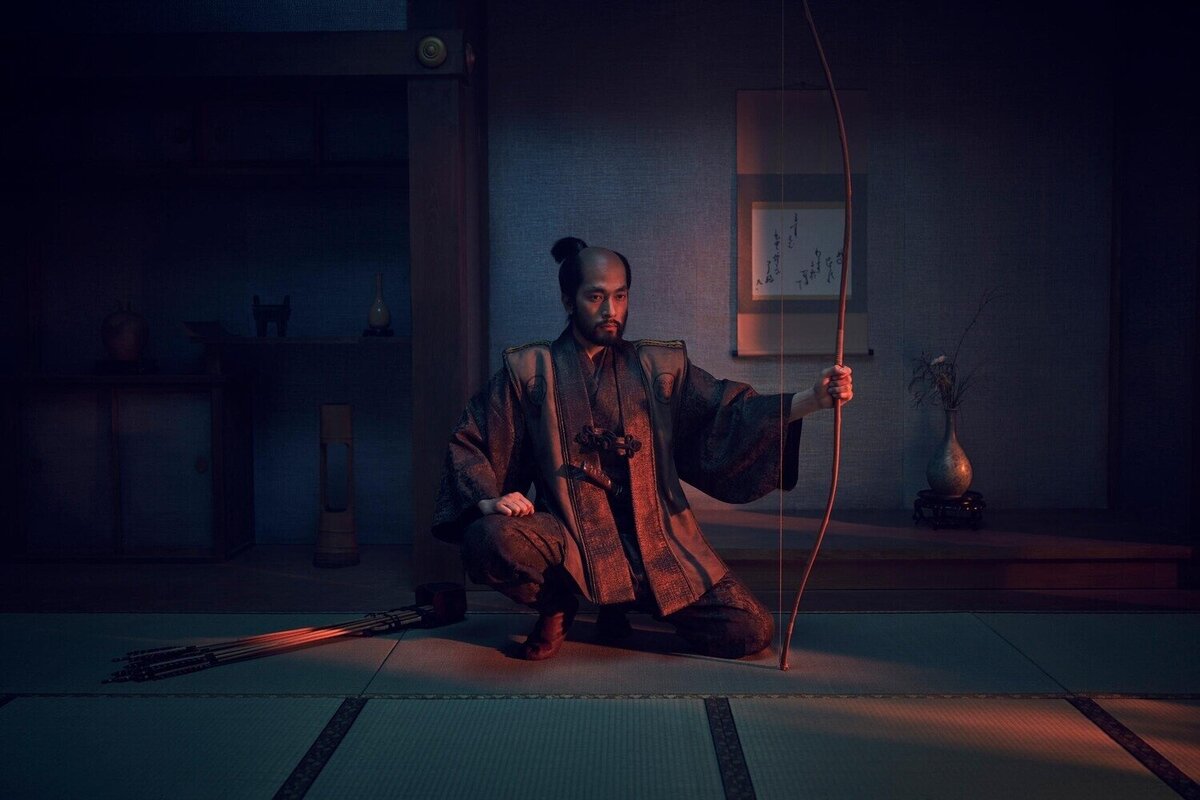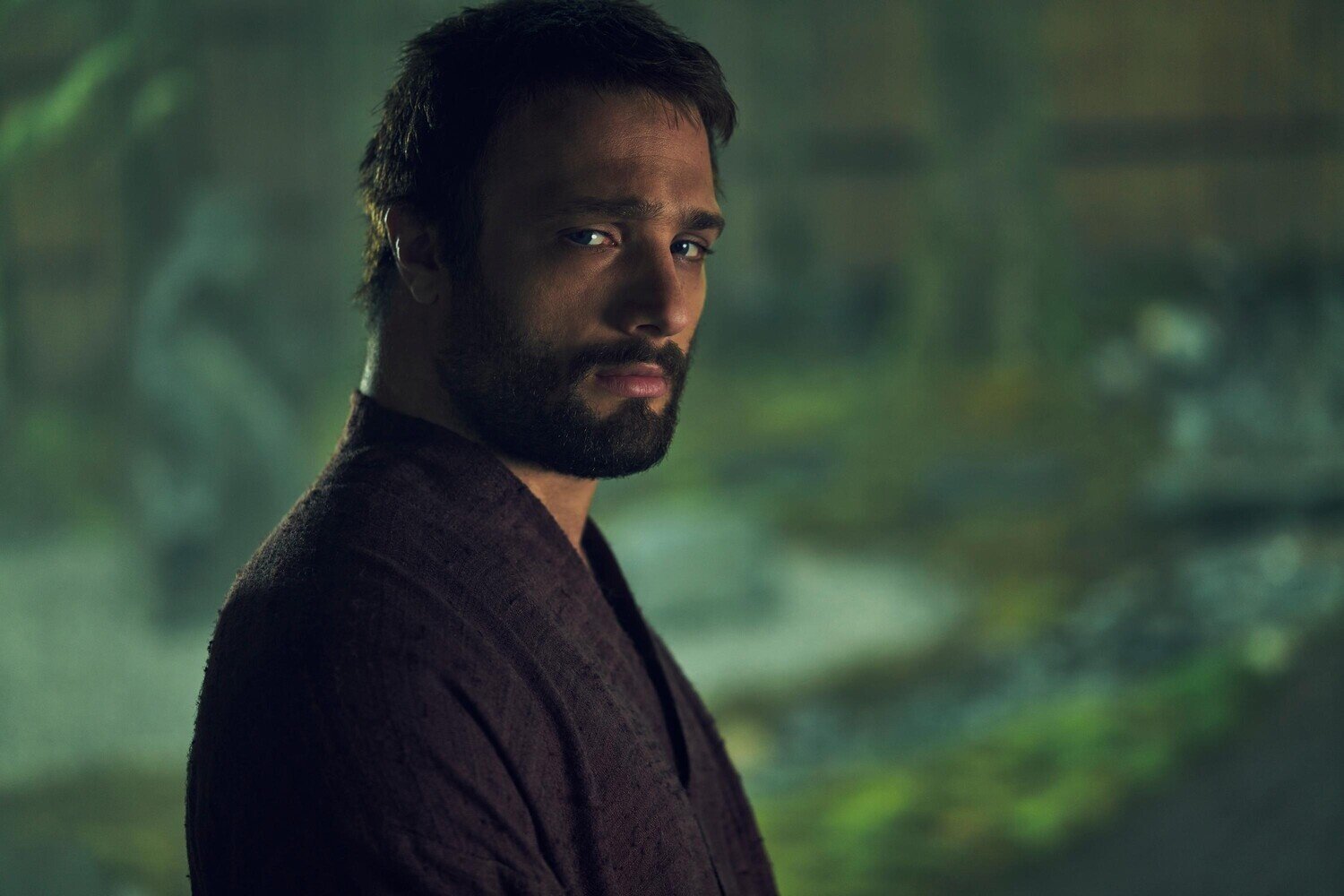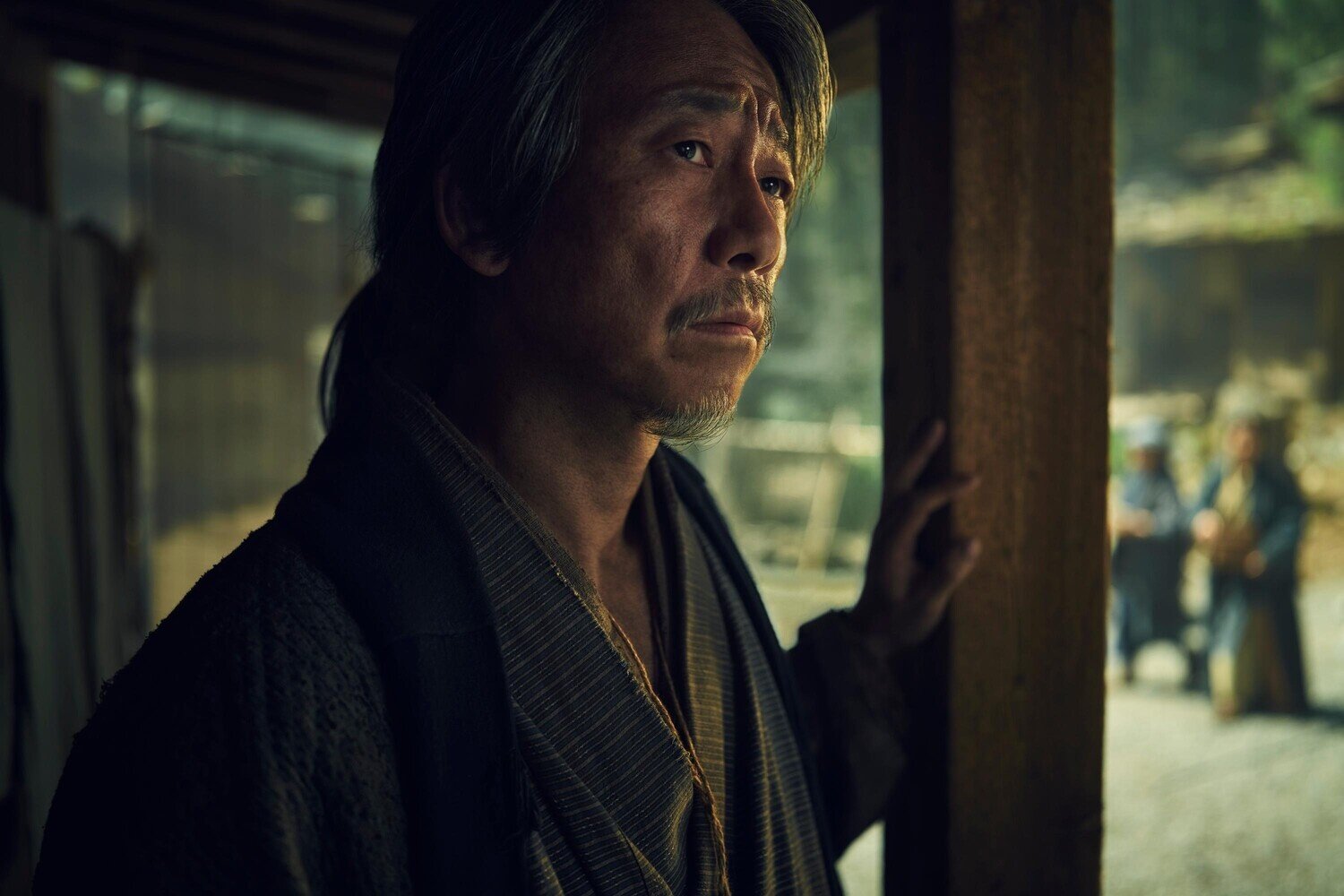«Shōgun» - Series Review by Kinoafisha

Contender for the title of the best series of the year.
In the year 1600, Japan finds itself navigating tumultuous times. The Shogun is deceased, and his heir is too young to assume the reins of governance. Consequently, power rests in the hands of five daimyos (feudal warlords), and the tension among them threatens to erupt into civil war. Enter Yoshi Toranagu, one of these warlords, facing precarious circumstances. While others plot to eliminate him, Toranagu, a shrewd strategist, turns the situation to his advantage. Meanwhile, a shipwrecked vessel brings foreigners to Japan's shores, with Captain John Blackthorne, an Englishman, emerging as a key figure. Toranagu sees in Blackthorne a potential source of information about other states, offering an advantage in the impending power struggle.
In the first two episodes, John Blackthorne manages to navigate his way from prisons and cesspools to luxurious homes with warm baths. His arrival in Japan has long been his goal, and, like his new acquaintance Toranagu, he is determined to achieve it. As an Englishman and a Protestant, Blackthorne opposes the Portuguese, who first reached Japan and converted its people to Catholicism. His dream is to sever Japan's ties with Portugal and make them allies in the European war.

Based on James Clavell's epic novel, the series follows John, shedding light on the challenges of his assimilation. The show, avoiding the trope of the white savior, introduces three central protagonists. Hiro Yukihira's portrayal of Toranagu is unparalleled — a man of few words, his penetrating gaze speaks volumes. He is firm, dangerous, honest, and simultaneously cunning. Despite his not-so-pure intentions, it is impossible not to sympathize with Toranagu from the first moments of the show.
Acting as a link between Blackthorne and Toranagu is the interpreter Mariko. In 17th-century Japan, women were either wives for bearing heirs or mistresses for satisfying men's needs. Mariko, with her language skills, becomes entwined in political intrigue. A beautiful, intelligent woman, she maintains a neutral position and conceals her true feelings until her story is revealed. Her emotional outbursts after prolonged silence create the most complex character in the project — a central figure in the male-dominated world and the masculine history of war.

Mariko speaks Portuguese fluently, having adopted the foreigners' religion years ago. However, Portuguese is absent from the series. While the creators aimed for authenticity by having all Japanese actors speak their native language, this linguistic detail becomes a minor flaw. The characters themselves consistently remind the audience that they are speaking Portuguese, yet the language is not heard. Despite the meticulous efforts to translate the American script into authentic Japanese, the creators hesitated to cast Portuguese actors. Perfecting this linguistic aesthetic, John's profanity in his native English would have resonated even more vividly.
This linguistic aspect is a minor discrepancy in the grand portrayal of Japan during that era. Attempting to find any fault in the incredible work of the series creators is challenging. "Shōgun" is not just another project exploiting a well-known base to cash in on fans or a desperate attempt to fill the void left by "Game of Thrones." This project has a soul, radiating love and dedication from everyone involved in its production. From the stitches on the fabric of splendid period attire to the exquisite lighting and color correction in the editing room.

The series opens with a scene of a storm-ravaged ship approaching the Japanese shore. Onboard are the last survivors with decaying teeth due to scurvy. The night is shrouded in fog. Stepping onto land, viewers push through the dense mist toward unknown, otherworldly vistas and colors of an unfamiliar world. "Shōgun" appeals to the senses rather than attempting to impress with computer-generated landscapes. It immerses the characters in enclosed spaces, working not with graphics but with scene staging, fabric texture, and contrasting light.
Understanding the potency of its aesthetics, the creators go beyond visually enriching the monumental novel adaptation. They astutely remove, add, and blend scenes from the source material, effectively explaining the reasons behind the political intrigues and religious wars of that time. "Shōgun" never sacrifices thoughtful storytelling for action. Violence on screen is horrifying, happening almost incidentally. A katana stroke, an arrow's flight, or even a brief discussion of murder — these scenes strike suddenly, showcasing the low value of life. Death is so simple, and every word and glance must be monitored. The tension builds, driven by the sound of traditional Japanese drums. Death becomes another primary character in this incredibly cohesive world of "Shōgun."

A world one wishes to prolong, admiring the sincere love of those who created it. While a historical project with extensive subtitles may not attract a mass audience, those willing to take the risk will be generously rewarded.
